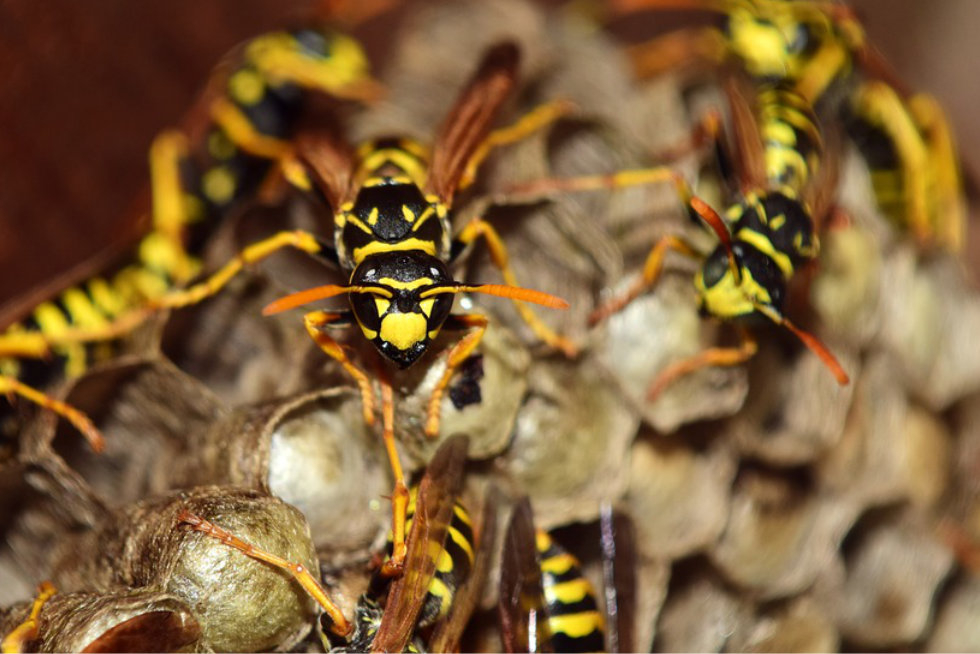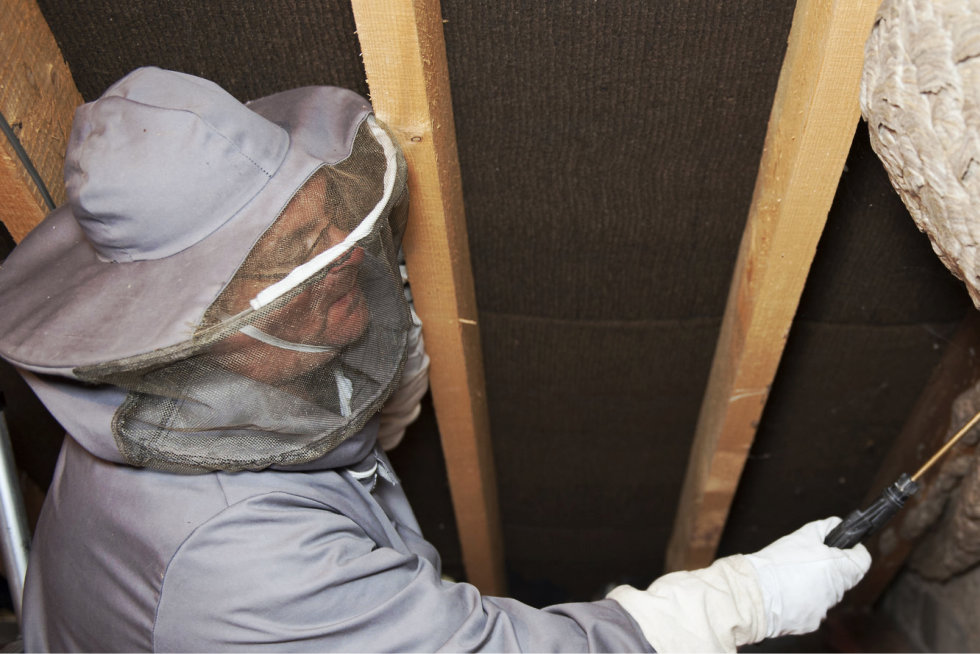
This year’s weather may have created the ‘perfect storm’ for an invasion of wasps….
The winter seemingly went on forever this year, but while it may not have been much fun for us, for wasps things were just perfect.
Only the queen wasp survives the winter. She looks to come out of hibernation when there is enough food (nectar) about for her to generate sufficient energy to start building her new colony, initially all on her own.
What she needs when she comes out of hibernation is plenty of flowering plants. Unfortunately for wasps, and fortunately for us, the recent years of mild winters with intermittent cold spells has seen lots of queen wasps emerging too early when there isn’t enough food around. In such situations the queens literally starve to death.
Not so this year. A long winter and a clearly defined spring have created the perfect storm, and pest controllers everywhere are warning of a ‘bumper’ year for wasps ahead of us.
The life of a wasp colony can be divided into four stages, and they become a particular problem later in the summer.
Hibernation
Wasps die off in the winter not because of the cold, but because of a lack of food, with only mated queens over-wintering. Hardly any over-wintering queens actually survive, but those that do emerge from hiding when the temperature reaches about 10 degrees Celsius. It’s a good job for all of us that it’s thought that well over 75% of wasp queens don’t survive the winter, with spiders in particular predating them in winter.
Colony Founding
The queen then begins the intensive process of founding a colony. This initially involves thousands of trips to collect wood, which she pulps into a papier-mâché like substance which is used to build her nest. She requires lots of energy to do this in the form of nectar, which is why it’s vital that she does not emerge from hibernation too early.
Even before the nursery (nest) is finished, the queen will start to lay several hundred eggs to build up her brood as quickly as possible. These grubs are fed on insects caught by the queen. Nature is remarkable here, as the grubs convert the insects into free sugar, which they feed back to the queen, meaning she no longer needs to keep leaving the nest to find food.
Colony Growth
Once the worker wasps hatch, the queen concentrates on egg laying and the workers take on the various daily chores of looking after the nest. Some find wood for nest building, others water for keeping the nest cool. Others hunt for insects, others are guards, while others feed the grubs. At this stage of their lifecycle, wasps are doing a sterling job in getting rid of all manner of insect pests – it’s the next stage when they become a real nuisance.
Propagation
When the queen decides to stop laying eggs and instead decides to begin work on the important business of producing new queens, the behaviour of the worker wasps changes. They are no longer able to feed on the sugar being produced by the grubs, and instead have to go out in search of the sugar they need. This coincides with the fruit maturing on many trees. It is these sugar-hungry worker wasps that bother us when we are trying to enjoy food and drink outdoors in summer.


